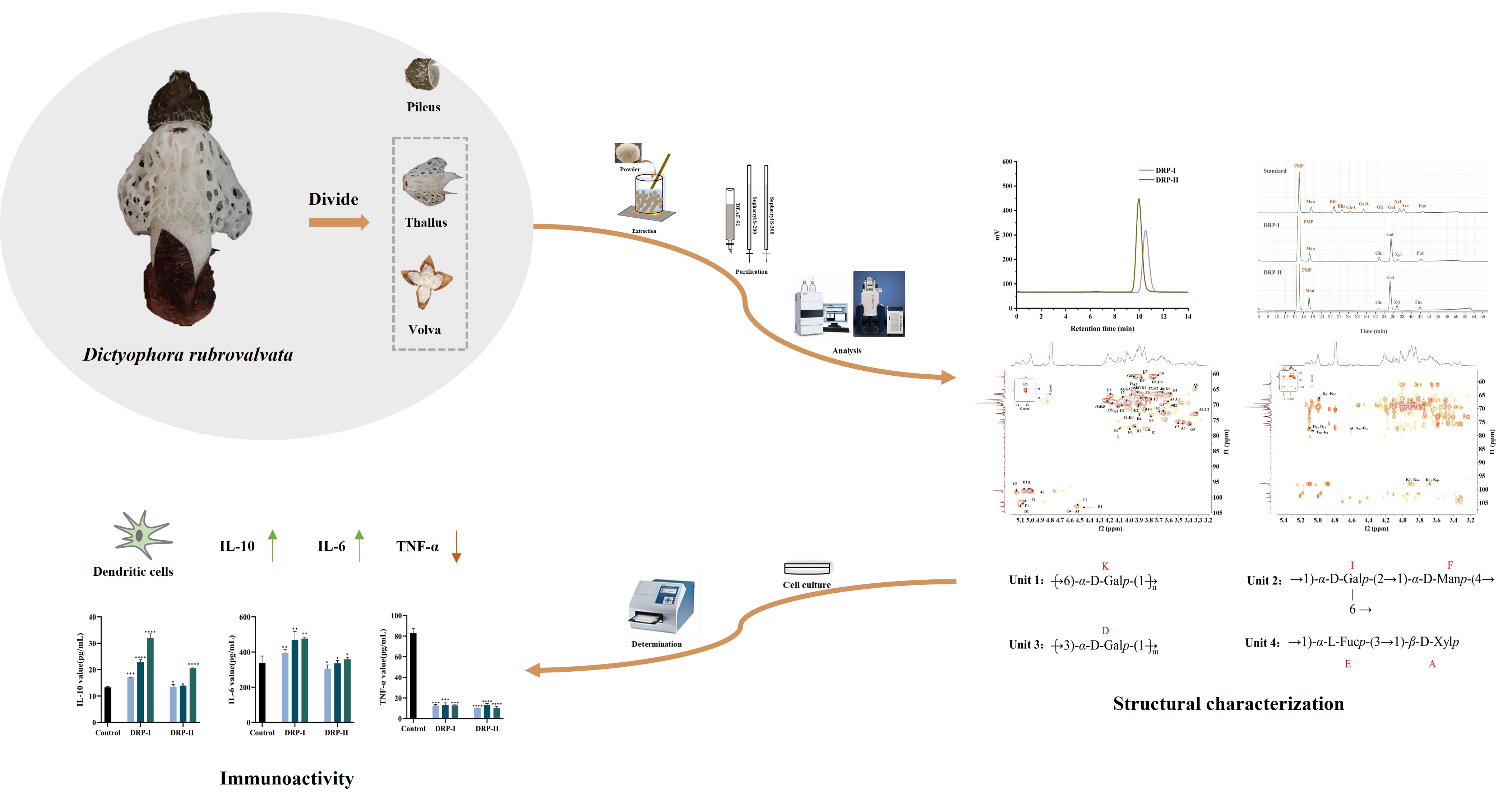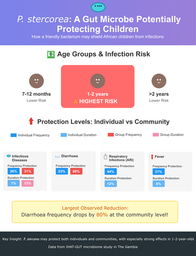Progress of the study of Dictyophora rubrovalvata polysaccharides
Published in Materials

Dictyophora is one of the valuable medicinal and edible fungi, which has long been famous for its unique flavor and satisfactory food and medicinal value. It has always been favored by royalty and aristocrats of various countries, and is known as the “Queen of fungi” and the “King of mountain treasures”. Among them, D. rubrovalvata is a new variety of Dictyophora discovered by Mr. Zangmu in 1976, and it has become the new favorite of the people's table today. It is also a widely cultivated variety, which has played an important role in increasing farmers' income and "rural revitalization", and has been strongly supported by the government.
With the development of D. rubrovalvata industry, more and more attention has been paid to its basic research. The extraction and purification, structure identification and activity study of polysaccharide from D. rubrovalvata will promote the industrialization of its related products. Recently, Hu Jiang Miao's team isolated the homogeneous polysaccharides DRP-I and DRP-II through water extraction and alcohol precipitation, protein removal and column chromatography, and deduced the repeat fragments by various chemical and spectral techniques. The results showed that DRP-I and DRP-II were neutral heteropolysaccharides with molecular weights of 5.79×103 and 1.25×104 Da, respectively, which were composed of mannose, galactose, glucose, xylose and fucose. The main chain were →6)-α-D-Galp-(1→6)-α-D-Galp-(2,1→6)-α-D-Manp-(2,1→6)-α-D-Galp-(1, and branch chain were β-D-Xylp-(1→3)-α-L-Fucp-(1→4)-α-D-Manp-(1→ and α-D-Galp-(1→3)-α-D-Galp-(1→. The in vitro immunoactivity assays on dendritic cells showed that DRP-I and DRP-II could up-regulate the expression of IL-10 and IL-6 and inhibit the expression of TNF-α in a concentration-dependent manner. This research indicated that DRP-I and DRP-II possessed immunoactivity by balancing the excessive inflammation, and molecular weight is an important factor affecting immunoactivity.

The findings are published in the authoritative journal Natural Products and Bioprospecting, with Master's student Huang Ni as the first author and Researcher Hu Jiangmiao and Engineer Yang Liu as corresponding authors.
Follow the Topic
-
Natural Products and Bioprospecting

This is a single blind peer-reviewed open access journal that devoted to rapidly disseminate research results in all areas of natural products.


Please sign in or register for FREE
If you are a registered user on Research Communities by Springer Nature, please sign in
Structure characterization and immunoactivity on dendritic cells of two neutral polysaccharides from Dictyophora rubrovalvata | Natural Products and Bioprospecting (springer.com)